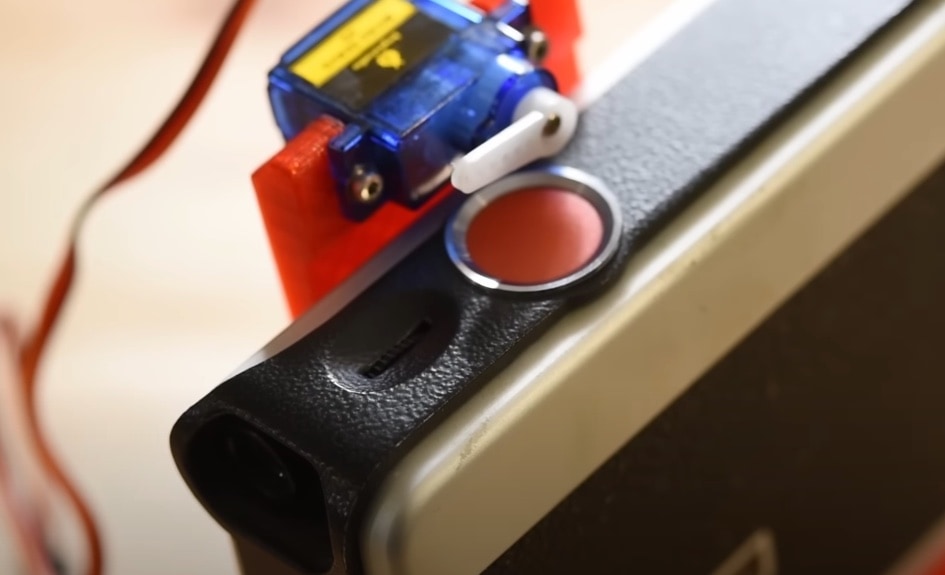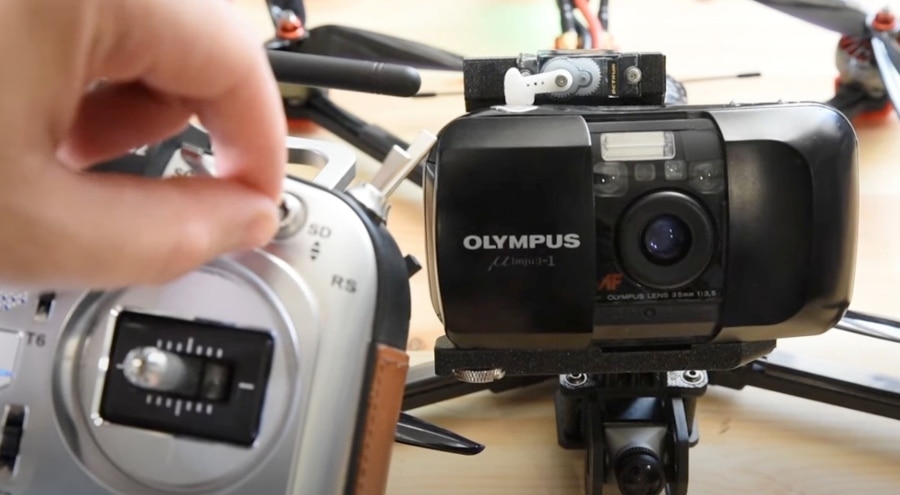What Do You Get When You Combine Old Film Cameras with New FPV Drones? Pure Magic
BY Zacc Dukowitz
17 May 2023Super 8 footage has an amazing texture to it, producing an old timey feeling often mimicked in modern movies to invoke a sense of nostalgia.
Australian photographer Jason De Freitas of New South Wales wanted to see if he could get aerial footage that had this feeling, so he mounted a Super 8 camera from the 1960s onto an FPV drone.
De Freitas works as an engineer during the day—but at night, he turns into a “mad scientist photographer” (his own term).
So how did the Super 8 experiment turn out? Take a look for yourself.
Keep reading to learn more about how De Freitas pulled this off, and to see the results of another one of his experiments.
Attaching a Super 8 Camera to an FPV Drone
To make the custom Super 8-mounted FPV rig, De Freitas started with an iFlight Chimera 7, a small, lightweight FPV platform that measures only seven inches in length.
Given the small size of the drone, he wanted to find a Super 8 camera that was as light as possible. He landed on the Agfa Microflex 100 Super 8, which only weighs a little over a pound (or 500 grams, to be exact).
Even with the light weight of the camera, carrying the Super 8 on the tiny FPV drone was a challenge. To make it work, De Freitas resorted to using smaller batteries. He also had to accept short flight times of just four minutes, given how draining the relatively heavy payload was for the Chimera.
But all of these challenges were fairly straightforward. The big hurdle was figuring out how to make the Super 8 camera actually turn on while the drone was in flight.
To do this, De Freitas took things into his own hands, designing and then 3D printing a custom bracket with a servo motor that could remotely trigger the Super 8’s shutter button from his remote controller.


Credit: Jason De Freitas
Familiar with both traditional photography and FPV drone videography, De Freitas went on to troubleshoot not only the logistics of how to make the camera work on the drone, but also of how to get the kinds of shots he wanted with the Super 8 camera in flight.
Because a wide field of view comes with the territory when shooting FPV, he found an inexpensive adapter to place on the Super 8’s lens, a further customization that helped him capture shots with the nostalgic feeling he had in mind for the project.
The combination of modern dynamic FPV-style movements and proximity flying with the vintage Super 8 aesthetic creates an almost surreal result, as if providing a glimpse into an alternate timeline where digital cameras were never
– Jason De Freitas, Photographer
The biggest challenge to the entire project was not being able to know whether the Super 8 camera was actually on and shooting while the drone was in the air. There were several times when the drone landed only for De Freitas to discover that it had stopped recording mid-flight.
Next time, De Freitas says he plans to try using a Canon 310XL instead.


A still from the Super 8 footage | Credit: Jason De Freitas
Experiment with 35mm
The Super 8 experiment wasn’t the only one De Freitas has carried out.
He’s also attached an old film camera to an FPV drone to get aerial landscape shots in 35mm slide film, allowing him to capture analog photos with an FPV bent to them.


Watch this video on YouTube
For this project, De Freitas again used the small iFlight Chimera 7, the same FPV drone he used for the Super 8 experiment. The drone’s small size makes it more nimble, allowing De Freitas to capture more dynamic shots.
The 35mm camera he used was an Olympus Stylus Mju-1, an old “point and shoot” film camera made in the 1990s. This specific 35mm camera was chosen because it’s relatively light weight, has a quick response time, and has a shutter button that lends itself to the customized action De Freitas needed to make it work on his FPV drone.
Since I was 16 I was building and flying RC helicopters and later on quadcopters. It was an obsession I got deep into both for the love of tinkering and the incredible challenge of performing aerobatics . . . It wasn’t until my mid-twenties that I really became passionate about photography, with film being the exact medium that sparked it.
– Jason De Freitas
To make the camera work, De Freitas again 3D printed a custom bracket with a servo motor that allowed him to press the shutter button from the drone’s controller.


Credit: De Freitas
The Super 8 and 35mm experiments are only a few De Freitas has carried out.
To see more of his impressive work, make sure to check out his website, his Instagram channel, and his YouTube channel.


